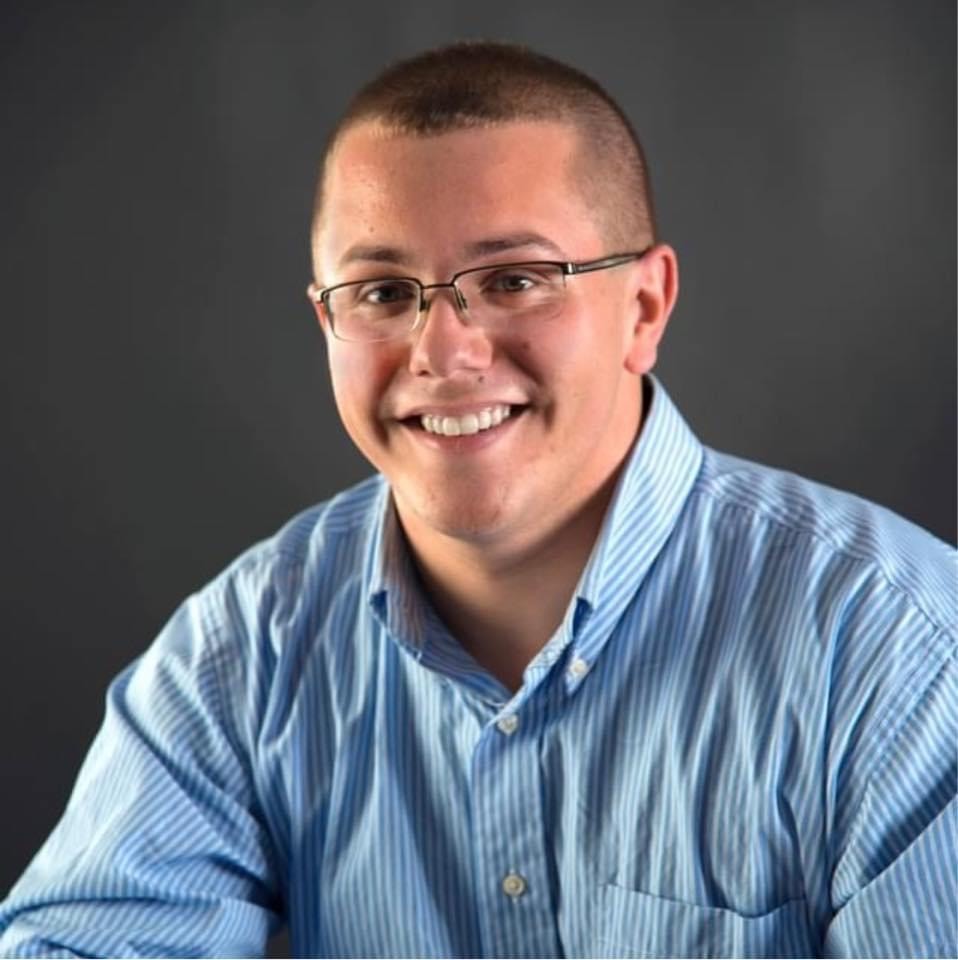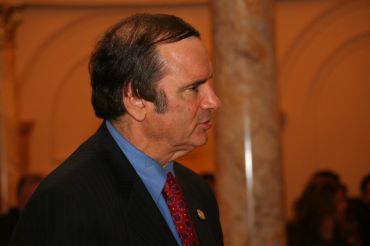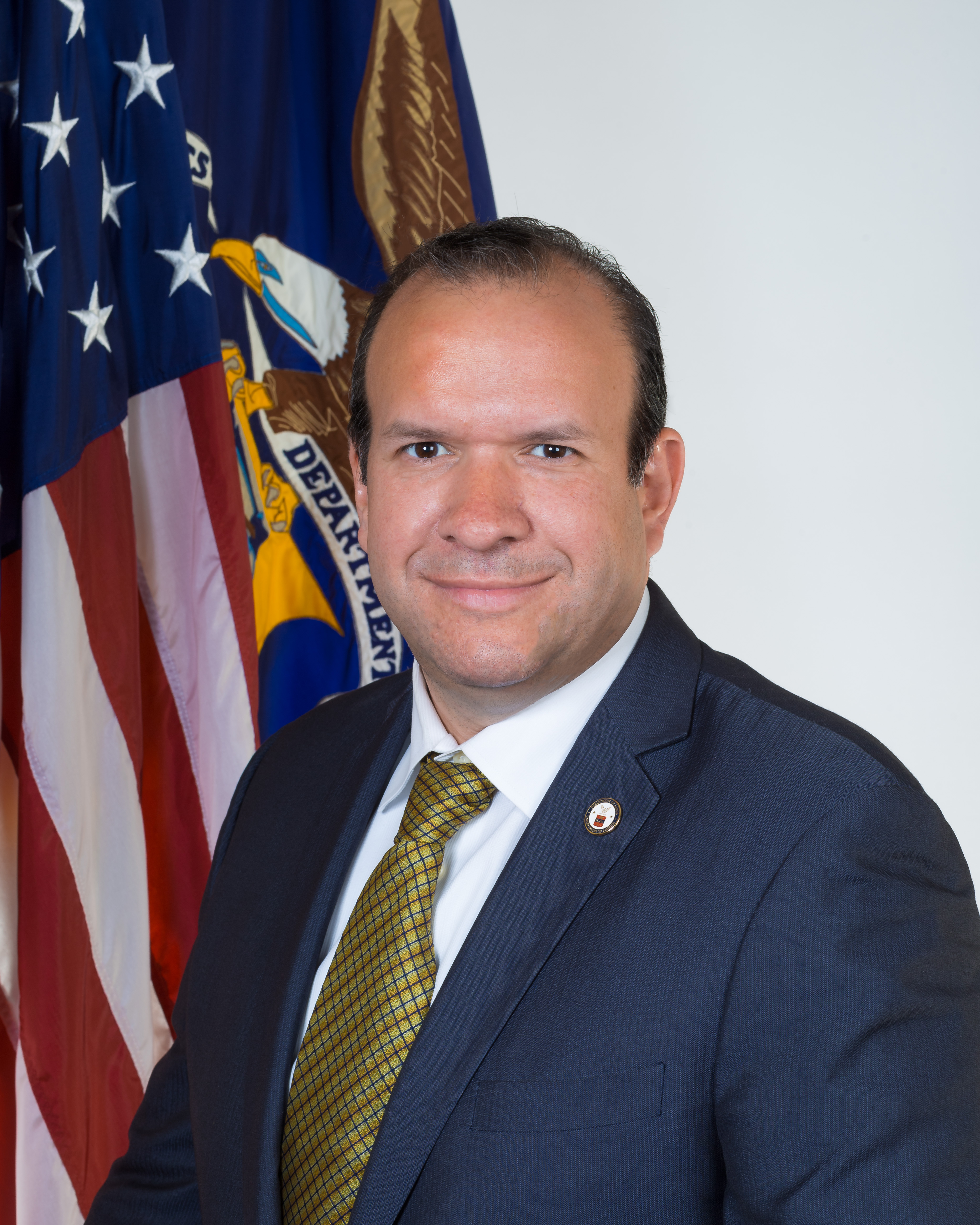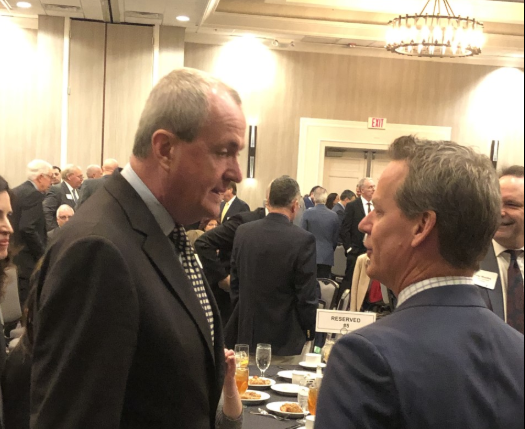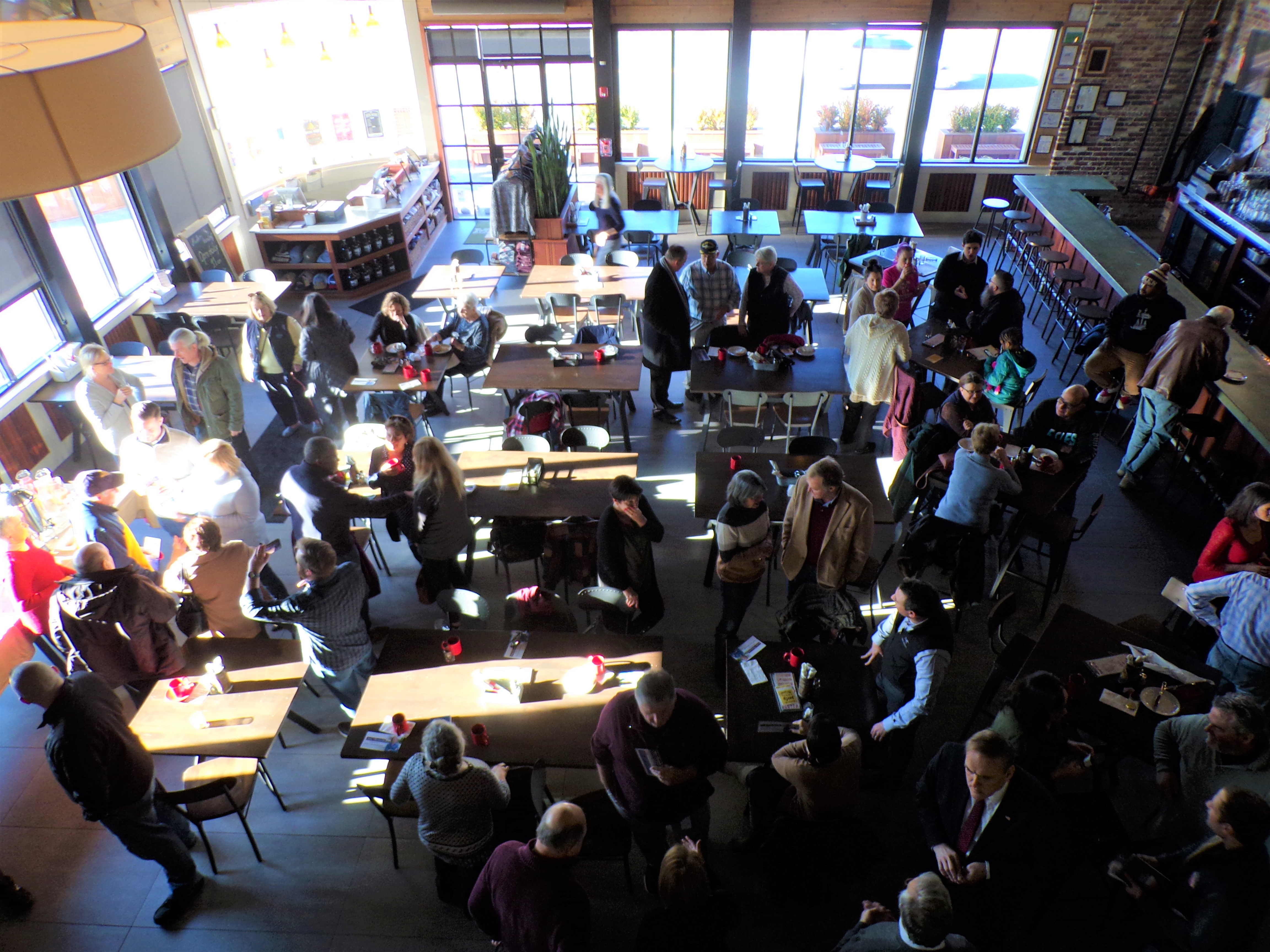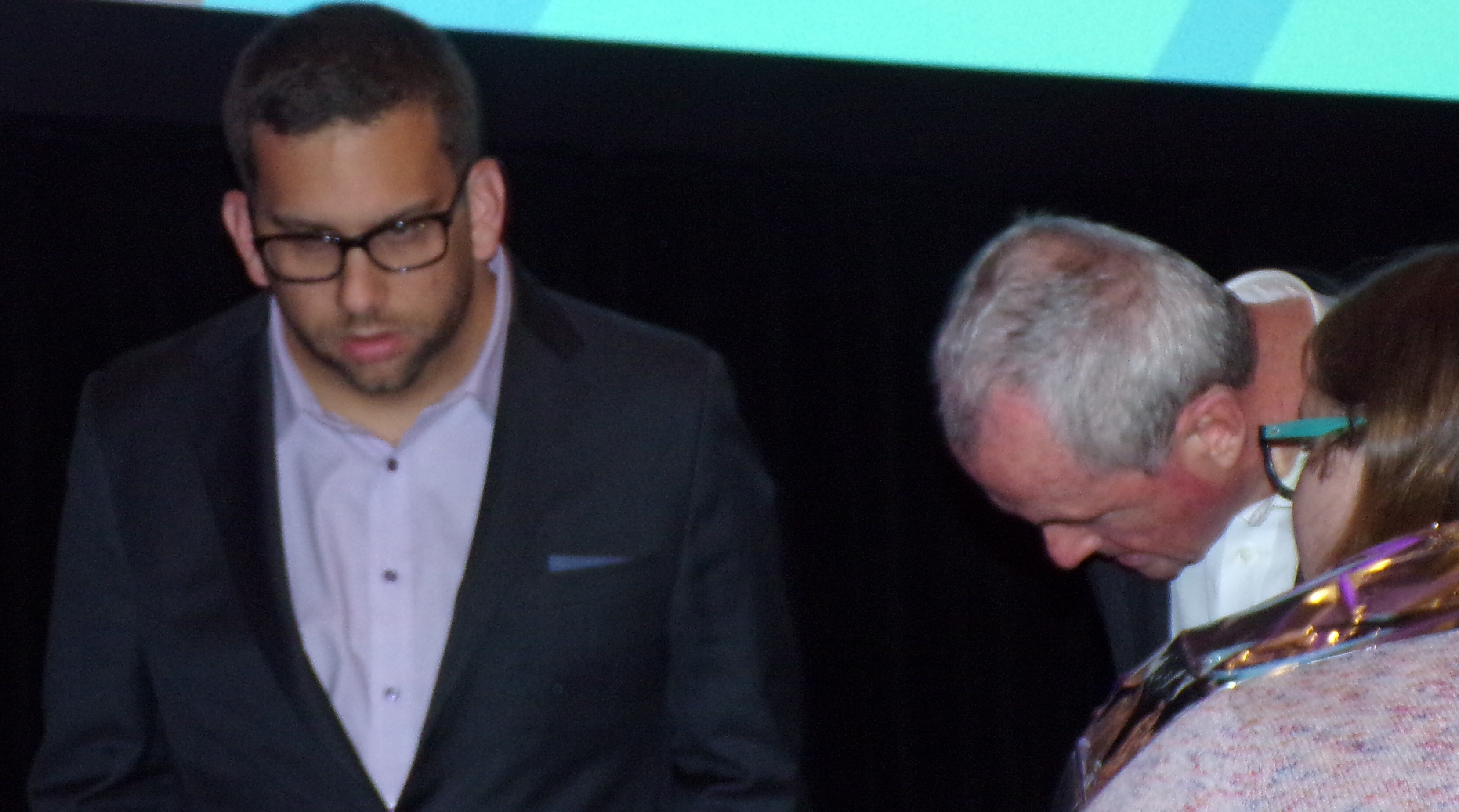Edison is a township in Middlesex County, New Jersey, United States, in the New York City metropolitan area. Situated in north-central New Jersey, Edison lies within the core of the Raritan Valley region. As of the 2010 United States Census, Edison had a total population of 99,967, retaining its position as the fifth-most populous municipality in New Jersey. The 2010 population reflected an increase of 2,280 (+2.3%) from the 97,687 counted in the 2000 Census, which had in turn increased by 9,007 (+10.2%) from the 88,680 counted in 1990. Edison’s population has been above the 100,000 threshold since 2010, increasing by 2.5% to a Census-estimated 102,450 in 2017.
What is now Edison Township was originally incorporated as Raritan Township by an act of the New Jersey Legislature on March 17, 1870, from portions of both Piscataway Township and Woodbridge Township. Portions of the township were taken to form Metuchen on March 20, 1900, and Highland Park on March 15, 1905. The name was officially changed to Edison Township on November 10, 1954, in honor of inventor Thomas Edison, who had his main laboratory in the Menlo Park section of the township.
Edison was ranked the 28th most-livable small city in the United States by CNN Money Magazine, and second in New Jersey in 2006 in Money Magazine’s “Best Places To Live”. In 2008, two years later, Money Magazine ranked the township 35th out of the top 100 places to live in the United States.[25] In the 2006 survey of America’s Safest Cities, the township was ranked 23rd, out of 371 cities included nationwide, in the 13th annual Morgan Quitno survey. In 2009, Edison was ranked as one of “America’s 10 Best Places to Grow Up” by U.S. News & World Report. The rankings focused on low crime, strong schools, green spaces, and abundance of recreational activities.
Edison Township, comprising former sections of Piscataway and Woodbridge townships, was settled (by Europeans) in the 17th century. The earliest village was Piscatawaytown, which is centered around St. James Church and the Piscatawaytown Common, near the intersection of Plainfield and Woodbridge avenues in south Edison. The Laing House of Plainfield Plantation, the Benjamin Shotwell House, and the Homestead Farm at Oak Ridge, are buildings from the colonial era included in National Register of Historic Places listings in Middlesex County.
The community was previously known as “Raritan Township”, not to be confused with the current-day Raritan Township in Hunterdon County.
In 1876, Thomas Edison set up his home and research laboratory in New Jersey on the site of an unsuccessful real estate development in Raritan Township called “Menlo Park”, (currently located in Edison State Park). While there he earned the nickname “the Wizard of Menlo Park.” Before his death at age 83 in 1931, the prolific inventor amassed a record 1,093 patents for creations including the phonograph, a stock ticker, the motion-picture camera, the incandescent light bulb, a mechanical vote counter, the alkaline storage battery including one for an electric car, and the first commercial electric light.
The Menlo Park lab was significant in that was one of the first laboratories to pursue practical, commercial applications of research. It was in his Menlo Park laboratory that Thomas Edison came up with the phonograph and a commercially viable incandescent light bulb filament. Christie Street was the first street in the world to use electric lights for illumination. Edison subsequently left Menlo Park and moved his home and laboratory to West Orange in 1886.
Near Piscatawaytown village, a portion of the Township was informally known as “Nixon,” after Lewis Nixon, a manufacturer and community leader. Soon after the outbreak of World War I, Nixon established a massive volatile chemicals processing facility there, known as the Nixon Nitration Works. It was the site of the 1924 Nixon Nitration Works disaster, a massive explosion and resulting fire that killed 20 persons and destroyed several square miles of the Township.
In 1954, the township’s name was changed to honor inventor Thomas A. Edison. Also on the ballot in 1954 was a failed proposal to change the community’s name to Nixon.
Edison has been one of the fastest-growing municipalities in New Jersey. As of the 2000 United States Census, it was the fifth most-populated municipality in the state, after the cities of Newark, Jersey City, Paterson, and Elizabeth.
Edison is primarily a middle-class community with more than 75 ethnic communities represented. Edison has a large Jewish community next to Highland Park, with multiple synagogues located in Edison. Edison also has a growing Indian community and a number of temples serving the religious needs of the community. Reflecting the number of Edison’s residents from India and China, the township has sister city arrangements with Shijiazhuang, China, and Baroda, India.
According to the United States Census Bureau, the township had a total area of 30.638 square miles (79.351 km2), including 29.940 square miles (77.543 km2) of land and 0.698 square miles (1.808 km2) of water (2.28%).
Edison is on the east side of Raritan Valley (a line of communities in central New Jersey), along with Plainfield, and completely surrounds the borough of Metuchen, New Jersey, making it part of 21 pairs of “doughnut towns” in the state, where one municipality entirely surrounds another.[39] The township borders East Brunswick Township, Highland Park, New Brunswick, Piscataway Township, Sayreville, South Plainfield and Woodbridge Township in Middlesex County; Clark, Plainfield and Scotch Plains in Union County.
As of the 2010 United States Census, there were 99,967 people, 34,972 households, and 26,508.776 families residing in the township. The population density was 3,339.0 per square mile (1,289.2/km2). There were 36,302 housing units at an average density of 1,212.5 per square mile (468.1/km2). The racial makeup of the township was 44.10% (44,084) White, 7.05% (7,046) Black or African American, 0.23% (229) Native American, 43.19% (43,177) Asian, 0.04% (36) Pacific Islander, 2.72% (2,718) from other races, and 2.68% (2,677) from two or more races. Hispanic or Latino of any race were 8.11% (8,112) of the population.
There were 34,972 households out of which 36.4% had children under the age of 18 living with them, 62.3% were married couples living together, 9.6% had a female householder with no husband present, and 24.2% were non-families. 20.4% of all households were made up of individuals, and 7.9% had someone living alone who was 65 years of age or older. The average household size was 2.80 and the average family size was 3.26.[
Source: Wikipedia


